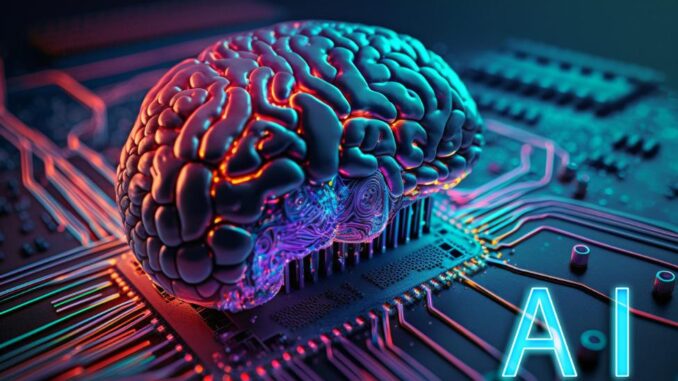
The transformative potential of AI technology is immense, influencing various sectors and aspects of daily life. Below are some key areas where AI can bring significant changes and improvements:
### 1. **Healthcare**- **Disease Diagnosis**: AI algorithms can analyze medical images (like X-rays, MRIs, and CT scans) to assist in diagnosing diseases with high accuracy, often surpassing human capabilities.











– **Personalized Medicine**: By analyzing genetic information and patient data, AI can help tailor treatments to individual needs, improving outcomes and reducing side effects.
– **Predictive Analytics**: AI can analyze large datasets to predict disease outbreaks, patient admissions, and potential health crises, allowing for proactive measures before issues escalate.
### 2. **Education**
– **Personalized Learning**: AI can customize learning experiences according to individual student needs, pace, and learning styles, thereby improving engagement and retention.
– **Administrative Efficiency**: AI-powered tools can automate administrative tasks, freeing educators to focus more on teaching and student interaction.
– **Intelligent Tutoring Systems**: These systems provide real-time feedback and support to students, helping them grasp complex subjects through adaptability and responsive learning environments.
### 3. **Finance**
– **Risk Assessment**: AI can analyze customer data and market trends to identify risks and opportunities, helping organizations make informed lending and investment decisions.
– **Fraud Detection**: AI technologies can monitor transactions for unusual patterns and flag potential fraud, enhancing security in financial systems.
– **Algorithmic Trading**: AI algorithms can make real-time trading decisions based on complex data analysis, helping optimize investment strategies.
### 4. **Transportation**
– **Autonomous Vehicles**: AI drives the development of self-driving cars, which have the potential to reduce accidents caused by human error, enhance traffic flow, and decrease congestion.
– **Traffic Management**: AI can analyze traffic patterns to optimize traffic signals and reduce bottlenecks, improving urban mobility and decreasing emissions.
– **Predictive Maintenance**: AI can predict when vehicles or machinery will need maintenance, minimizing downtime and reducing costs.
### 5. **Manufacturing**
– **Automation and Robotics**: AI-powered robots can perform complex tasks in manufacturing with high precision and efficiency, improving productivity and reducing costs.
– **Supply Chain Optimization**: AI can analyze patterns in supply and demand, enhancing inventory management, reducing waste, and improving delivery times.
– **Quality Control**: AI systems can monitor production processes in real-time, detecting defects and ensuring consistent quality in manufactured goods.
### 6. **Customer Service**
– **Chatbots and Virtual Assistants**: AI-powered chatbots can handle customer inquiries, provide support, and resolve issues 24/7, improving user experience.
– **Customer Insights**: AI can analyze customer data to gain insights into preferences and behaviors, allowing businesses to tailor offerings to better meet customer needs.
– **Sentiment Analysis**: AI systems can analyze customer feedback across various platforms to gauge public sentiment and improve service quality.
### 7. **Environmental Sustainability**
– **Resource Management**: AI can optimize energy consumption in buildings, improving efficiency and reducing costs while lowering environmental impacts.
– **Climate Modeling**: AI can enhance climate models by analyzing vast datasets, improving predictions and informing strategies to address climate change.
– **Conservation Efforts**: AI can monitor ecosystems, track wildlife, and predict environmental changes, aiding in conservation and biodiversity efforts.
### 8. **Public Safety and Security**
– **Predictive Policing**: AI can analyze crime data to predict potential hotspots, allowing law enforcement agencies to allocate resources more effectively.
– **Disaster Response**: AI can assist in modeling and predicting natural disasters, providing critical information for emergency response efforts.
– **Cybersecurity**: AI algorithms can detect and respond to cyber threats in real-time, enhancing the security of digital infrastructure.
### Conclusion
The transformative potential of AI technology is far-reaching, with applications that can improve efficiency, enhance decision-making, foster innovation, and address complex societal challenges. However, harnessing this potential responsibly is crucial. It’s essential to ensure ethical practices, mitigate risks, and promote equitable access to AI technologies, allowing society as a whole to benefit from these advancements while addressing the complexities and challenges they may introduce.

Leave a Reply